On Edge For Pure Silver
Handy Place
Just down the road from my house there’s a secluded and attractive lake, tucked away on a smallholding. I had unwittingly passed by it many times on the way to one of my favourite drains, until a neighbour told me exactly where the water was hidden away. The spot turned out to be well sheltered and packed with features. Better still, it was heaving with fish and only cost a fiver for a day ticket. I’ve mostly used this venue for bad weather days in the depths of winter, or during the early part of the close season. I discovered carp became active when it was mild, while in colder conditions good numbers of rudd, roach and perch could be expected. There were also what I first thought were skimmers, but they had something different about them, which I will explain later. It was May this year when I decided to give the spot another go.
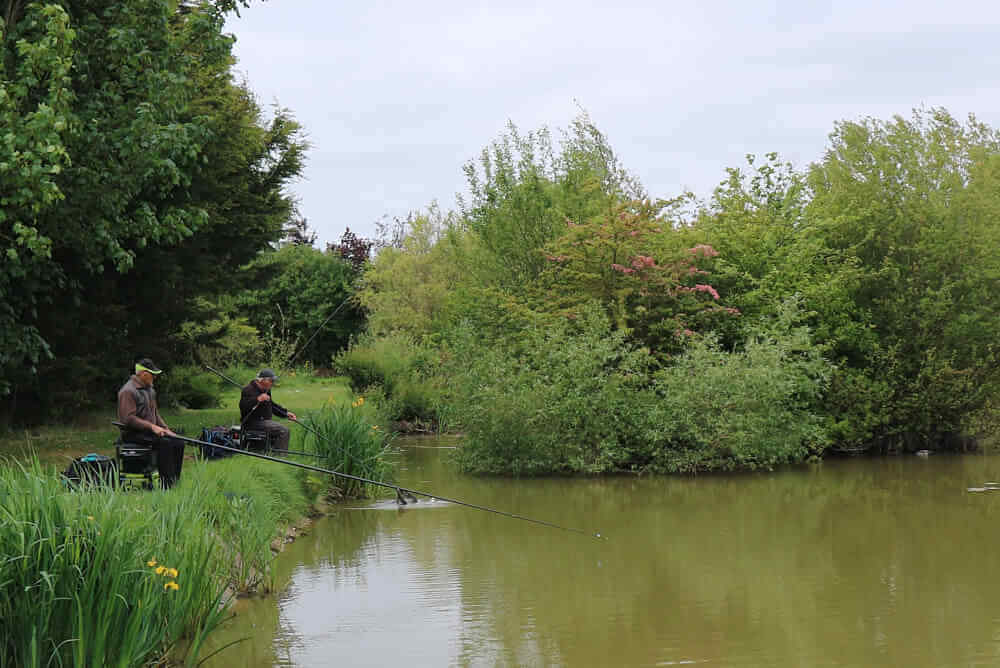
Novel Approach
I set up running line tackle by an overgrown island, expecting carp to be all over anything I decided to feed. Unusually, I rigged up with a small pole float because it was a cramped peg, and I was only intending to fish close in. I reckoned, with this format, I could rely on hit and hold tactics if anything big attempted to dart into the overhanging bush cover. Reel line was 6lb Edge Float Mono, combined with 0.15mm Edge Premium Line as a hook length. A mixture of casters and 3mm feed pellets were going to be thrown by hand, presenting a single shell on a small but strong hook. The float was an Edge C2 0.4g, with a small bulk of number 8 weights and two spread out number 10 droppers below. I’ve used this quirky approach before when powerful intruders are expected, landing some monsters that might have proved too much for pole tackle.
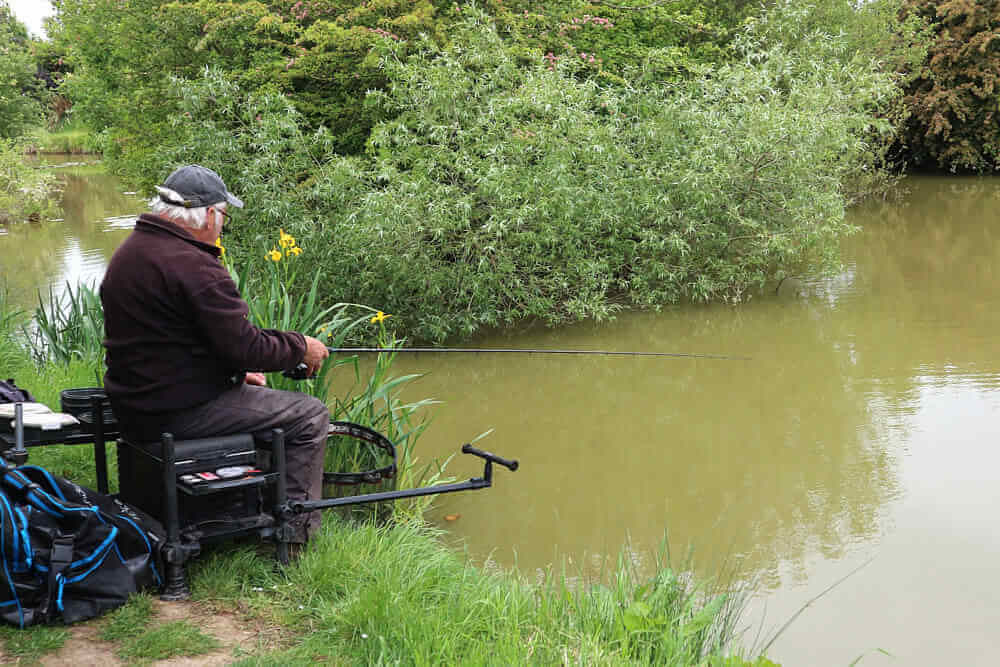
Early Action
I was glad I’d opted for the rod and line route, watching one of my mates trying to extract their pole tackle from the middle of a lily bed, where a big carp had taken it. It’s dangerous work trying to get back elasticated rigs. I’ve ended up with pole float stems and bristles stuck in my fingers a few times doing that. Strangely, no carp for me, but I wasn’t complaining. Better sized roach were turning up, along with small rudd. It was a bite every put in. Feeding by hand spread my micro pellet and caster mix more widely, compared to cupping or using a light catapult. This allowed me to work a bigger area, which I’m certain was helping to keep things ticking over. It made me wonder if pole fishing can become too precise, putting everything on a pinhead. I also liked the way I could keep the rod tip a bit further away from the float in such shallow water.
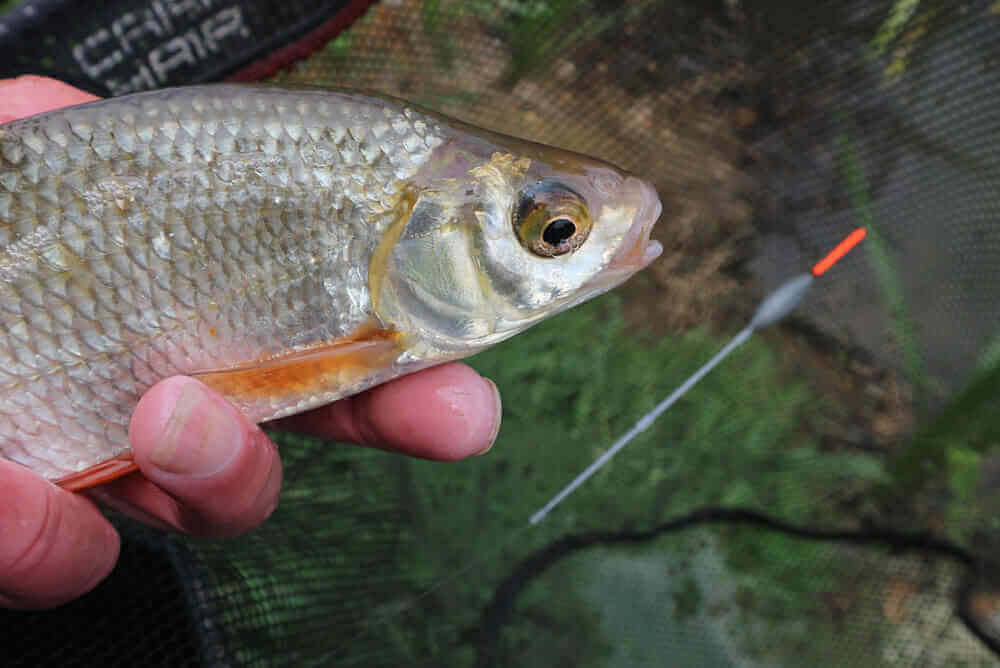
Simple Route
It was refreshingly enjoyable taking such a different and basic approach. Reflecting on the intricate tactics I so often get involved with, makes me wonder if angling gets much too complicated at times. Using a top and bottom attached float with a rod and reel combination in a stillwater? It might appear odd, but who cares, I was bagging up! Still no signs of any carp, however, a picture was beginning to emerge. Others with me were feeding groundbait, which had set the “skimmers” fizzing bubbles around their pole floats like crazy, but the groundbait was attracting carp as well. I was catching skimmer-like fish too, often requiring a landing net, so decided to stay with loose feed only. There were no signs of any bubblers out in front of me, but the fish were obviously there in good numbers and responding particularly well.
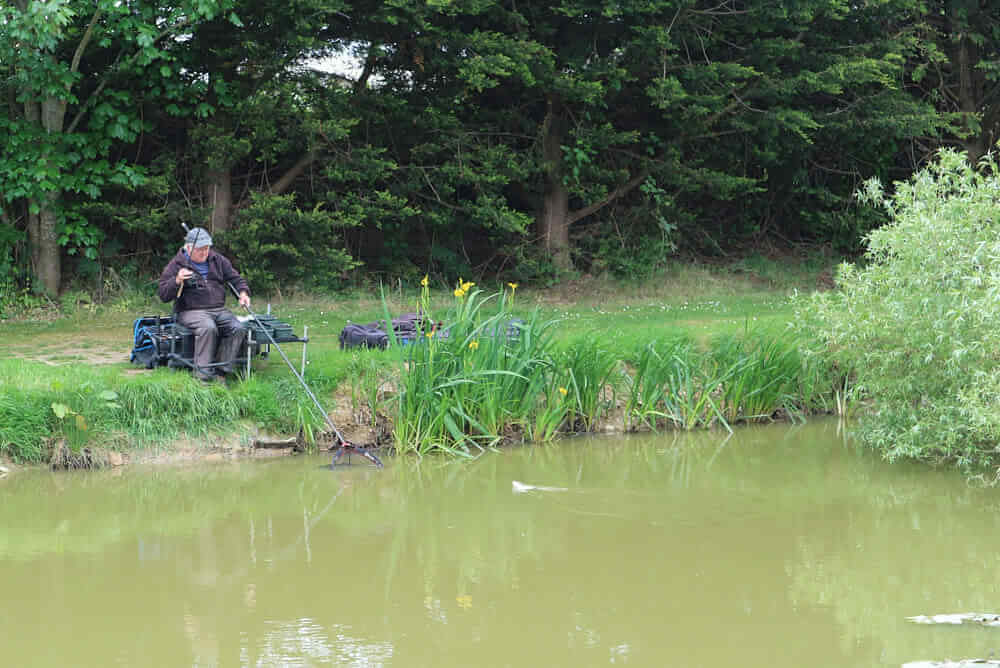
Telltale Signs
The first major hint that what initially looks like a skimmer or young bream might be something else, is larger than normal eyes. Then there’s an orangey/red tinge to the lower fins, followed by the dorsal being set back slightly. There’s other stuff concerning scales, but the aspect that suddenly swung it for me was a complete lack of slime. It dawned on me these were silver bream. I’ve caught them from Mill Farm Fishery where the record has often been broken, also from various other types of venues. During previous visits here, I had missed the obvious due to always being so busy catching loads of fish. On nearby Fenland rivers and drains, I see quite a few silver bream, or pommies as locals nickname them. They often turn up during hectic sessions, making you wonder whether you are catching skimmers or the true silver version.
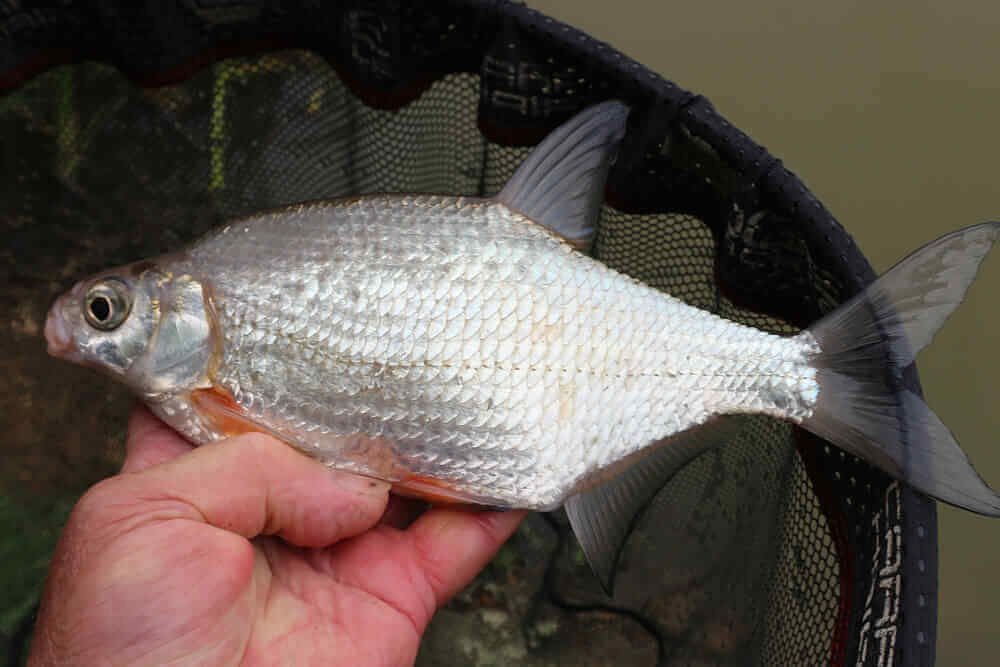
Being Different
I love pole fishing, but equally enjoy using a rod and reel. It’s easy to get stuck in a rut with a pole, doing the same as everyone else, afraid to look out of place. I remember someone passing by while I was fishing a canal match, where long poles generally reigned supreme, commenting that I was the only person using a waggler. I’d already got some funny looks when setting it up, but all that changed after I won the section and framed. That reminded me of my early competition fishing on the River Thames. On big London Anglers Association events, there was a guy who won loads, despite only turning up with a short feeder rod and carrier bag. He might have been the main talking point, but sure knew what he was doing with his limited kit. I was beginning to feel the buzz he probably got because this was going better than expected.
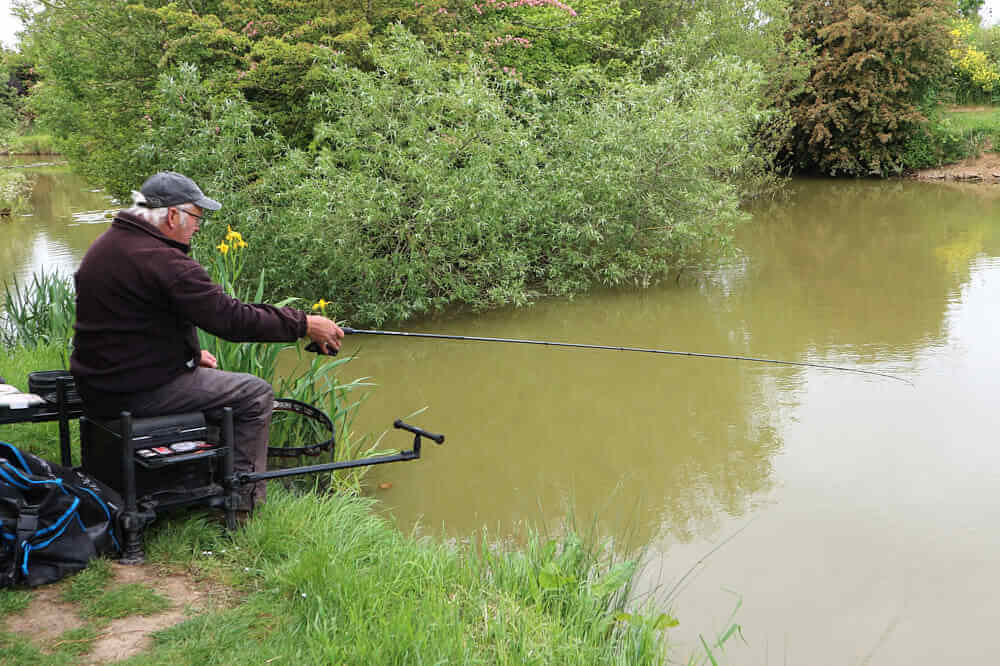
Playing Close
There was a reason I’d decided to have a go down the edge. On a recent outing on another local lake, I noticed a guy in the distance setting up a float rig and dropping it in just inches from the bank. It didn’t take long before he was a netting something, with plenty more to follow. That got me wondering about the number of times we end up trying to cast to the horizon, where tackle and bait must be travelling over countless numbers of fish. It was a thought that made me want to try some margin fishing, but now I was doing it, I wasn’t expecting this outcome. Using kit tailored to be strong enough to handle carp didn’t seem to bother the silver fish. They were queueing up and getting bigger. I couldn’t imagine the pole being much faster than this. By this stage, my landing net was seeing plenty of action, and it was turning into a real eye-opener.
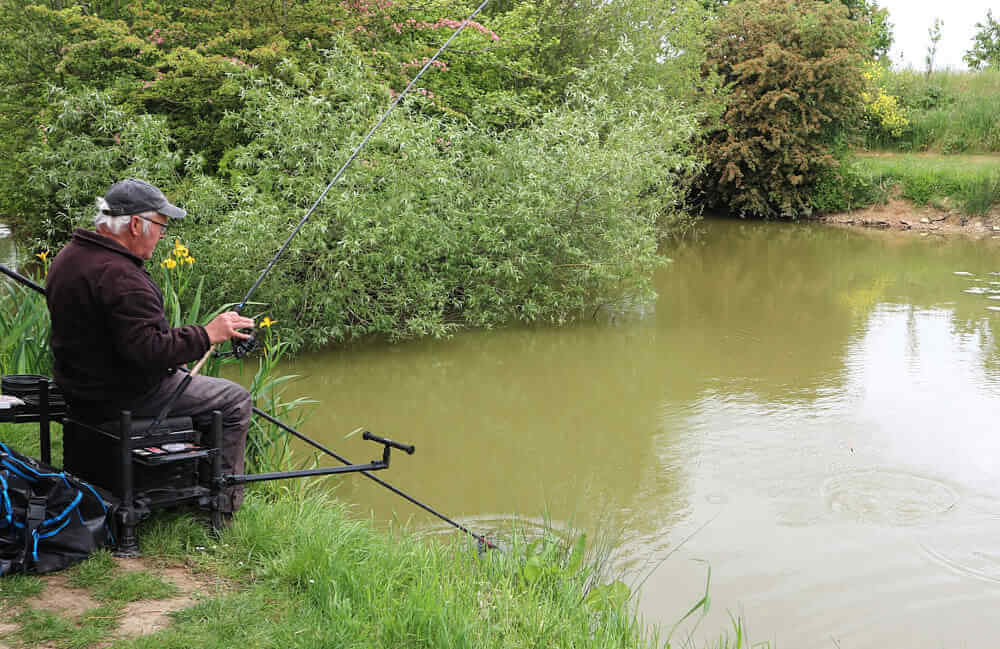
Unexpected Finds
Silver bream had by this stage completely taken over the swim, from a tight spot I would normally expect to be infested with carp. Strangely, still no sign of that species. It was unusually chilly for the time of year, so maybe that was a factor. With lots of these silvers turning up, I was beginning to wonder if they had shoaled up for spawning. I’d never seen so many on previous visits here, but then again, I hadn’t been at this time of year before. I’ve experienced similar happenings on other venues, where certain species only seem to show during narrow time slots, before doing a disappearing act. Related bronze bream can be a bit like that, suddenly switching on in big numbers in noted areas, before quickly fading away, to the extent you could miss them completely. That often happens early season on the fenland drains.
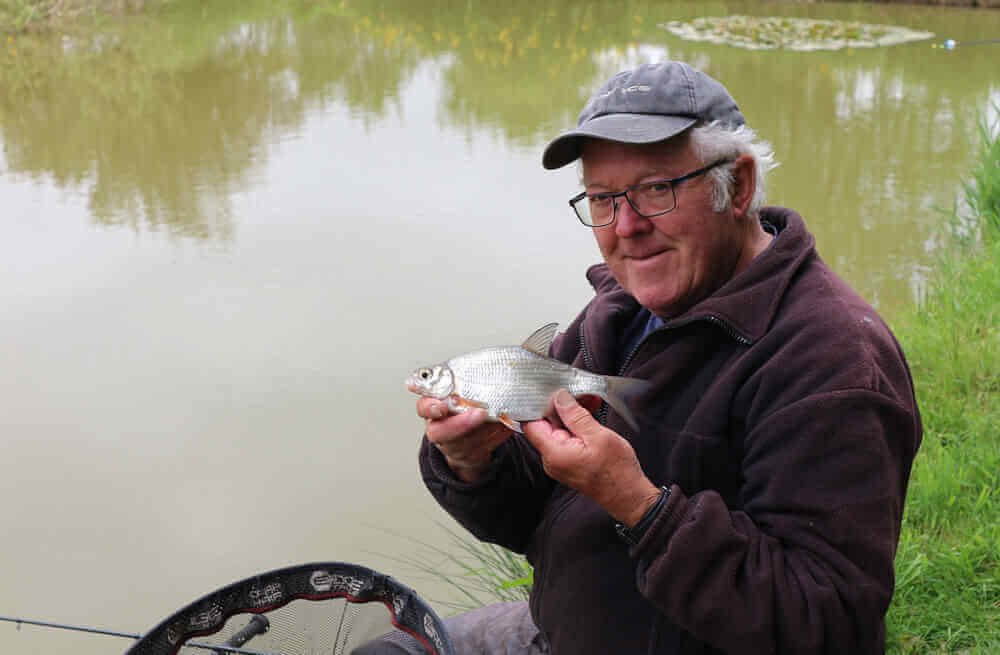
Carp Time
I could hear a disturbance nearby, so went to see how Andy Griffiths was faring by a dangerous looking lily bed. It was heaving with bubblers where his groundbait was going in, and this in turn was attracting carp, including some big ones. He was attached to one now, after managing to keep it away from the snaggy feature out in front. He told me the carp weren’t as active as normal, while silver bream were there to be caught, but not as easily as I was finding it. We both agreed it was probably because they were gorging on groundbait, which luckily, I had decided not to use. It was appearing silver bream feed similarly to skimmers, becoming preoccupied with groundbait, to the extent they largely ignore anything else. I’ve been on many venues where fizzing skimmers can drive you crazy by cleverly avoiding what’s on your hook.
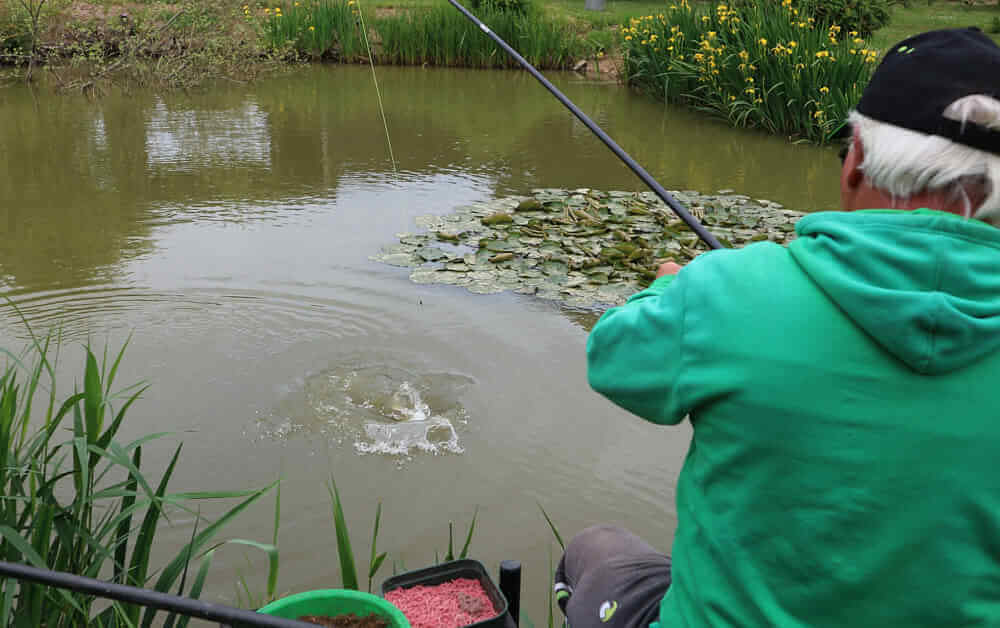
Learning Curve
Back in my peg, I soon discovered the silver bream and some decent roach that had been mingling with them, were finally backing away. I had to risk going even tighter to the overhanging cover to keep bites coming, finding there was still life in there. I also tried working the tackle closer into my bank and to my amazement continued catching. Going down the edge with edge tackle might seem an obvious tactic, but with the current trend for fishing extreme distances, it had taken me a long time to give it a proper try. Margin fishing is very popular for boosting carp weights on commercials, but I’ve rarely thought of it as being a viable method for bumper bags of silvers. Then again, chasing over to island and far bank cover is common practise, so why ignore what might be lurking close to your feet? If carp like it there, so must other fish.
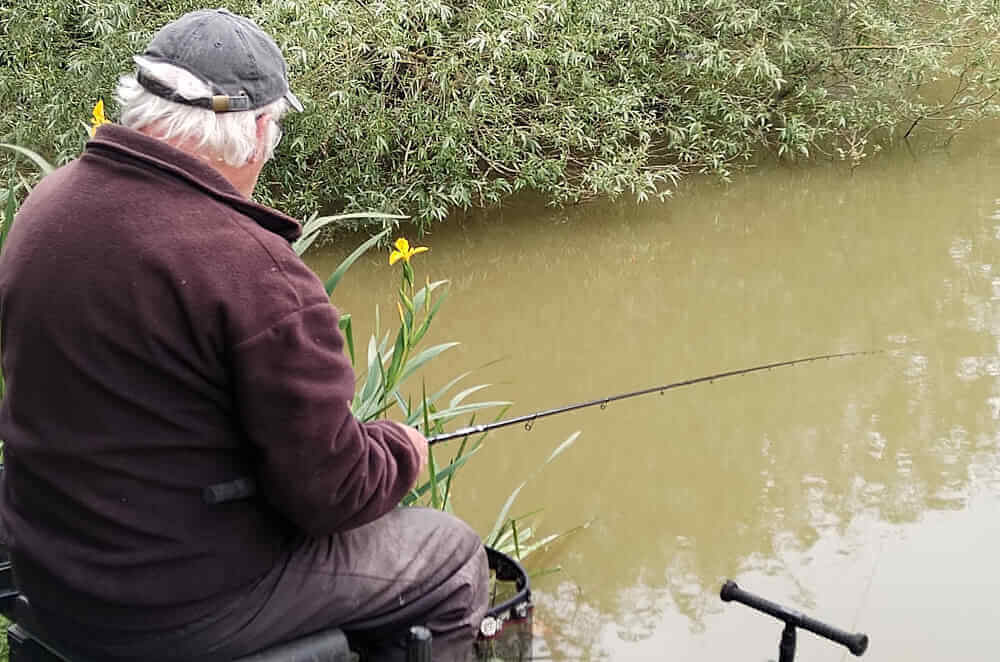
Hunting Small
A huge eye on yet another silver bream, part of the mini species list, which includes bleak, dace, minnows, gudgeon and ruffe. I once came close to the bleak record with a fish over 3oz in a River Lea match, caught shallow on a single maggot. A specimen dace, well over the pound mark, was another surprise from the River Thames, taken on a tare over hemp feed. Then there was a lake down in Devon where the minnows were huge, darting in to get at smaller offerings before the carp hoovered everything up. The River Colne, not far from Heathrow Airport, produced giant gudgeon (which were nicknamed pongos). They got caught on a stick float, with quite a few over 3ozs. Ruffe are another mini species I’ve encountered on canals and river lock cuttings, once spotting a potential record in the shallows, but it refused to play ball.
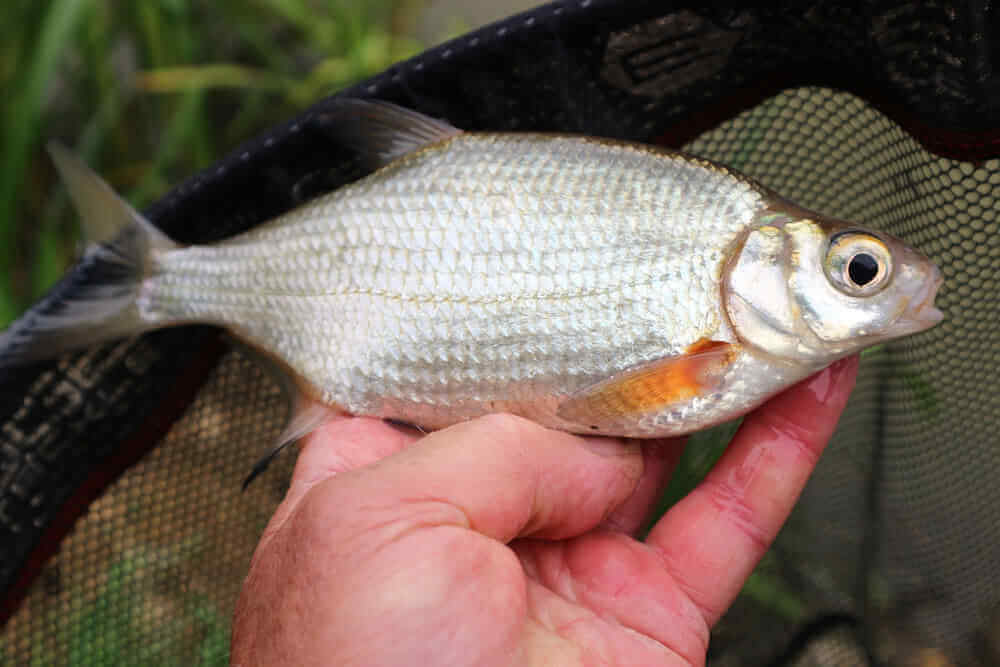
Surprise Package
If I had known I would be catching so many delicate silver bream, my first-choice rod would have undoubtedly been the Cadence CR10 12ft Match #1, a beautifully forgiving 2-piece blank. But setting up expecting lots of carp action, I chose the more powerful #3 version, which might surprise you. It certainly surprised me with a rod I normally rely on for strong-arm pellet waggler work, taming lots of lively carp into double figures. I’ve discovered Cadence blanks that offer extra backbone are never over-stiff, having carefully designed progressive actions. Even my mates commented, saying that for such an attacking piece of equipment, it never looked out of place. I’ve used it before when targeting big tench and the same applied there when smaller species intervened, coping perfectly with everything that turned up.

